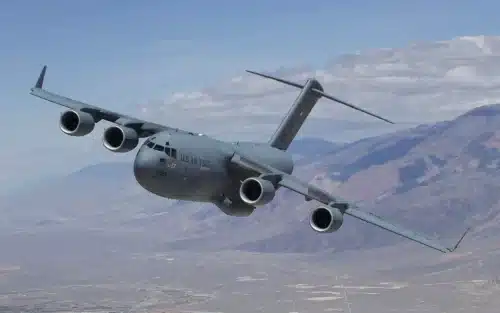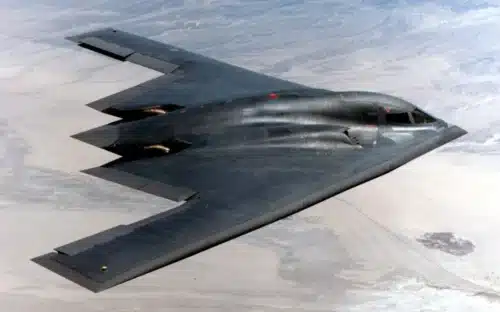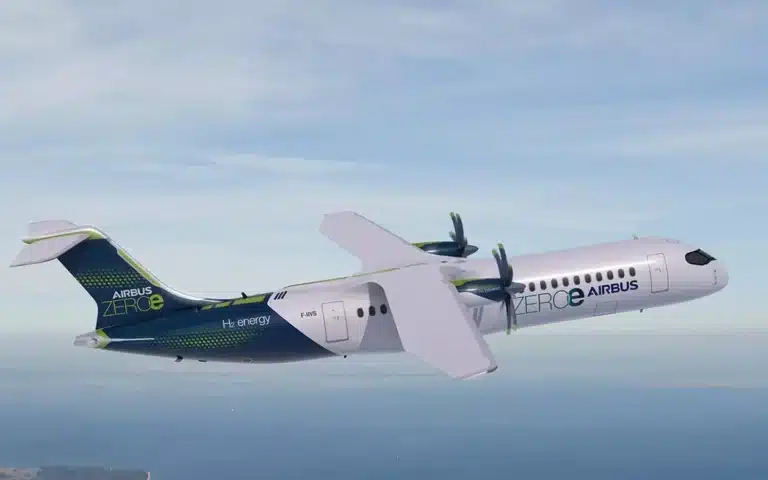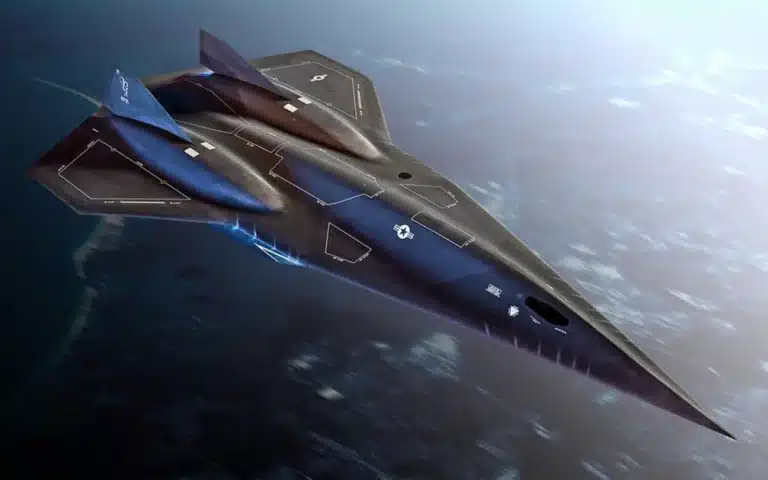SpaceX is firing up the world’s biggest rocket with a launch today, 14 March.
It’s a huge test of Elon Musk’s ultimate ambitions to get humans to Mars.
The Starship rocket is embarking on its third test from a launchpad at SpaceX’s Starbase facility in Boca Chica, Texas.
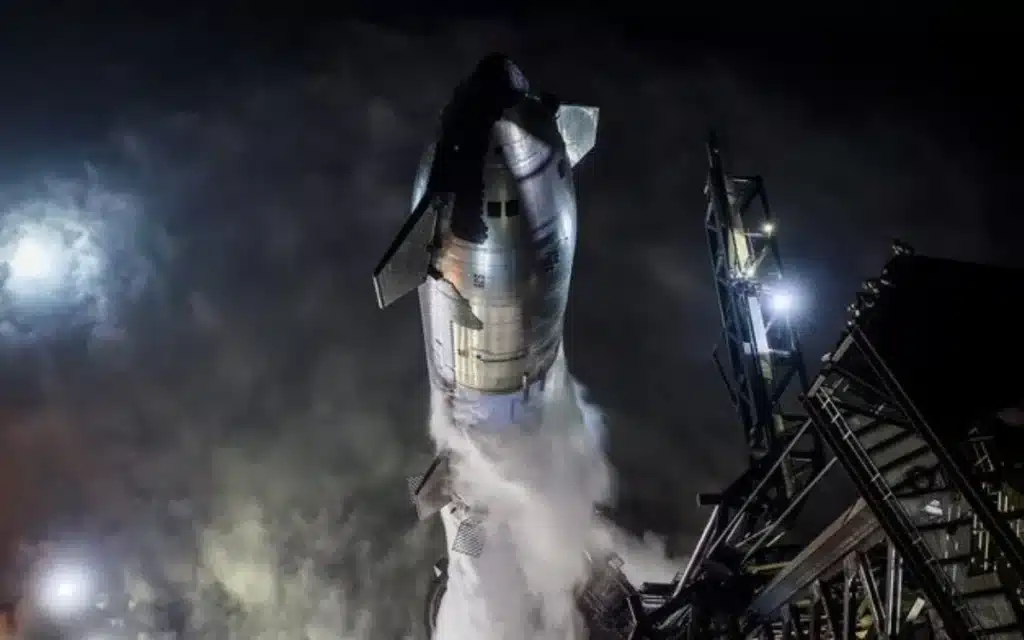
READ MORE! SpaceX makes history using Starlink’s ‘Direct-to-Cell’ satellites
SpaceX shared pictures of the fully stacked rocket system on X on Wednesday (13 March).
It measures a massive 120 metres in height (roughly).
This is the 319th launch for Elon Musk’s SpaceX with one flight crew member accidentally catching this ‘once-in-a-lifetime’ Falcon 9 liftoff.
Previously SpaceX’s Dragon completed ‘splashdown’ as Crew-7 Mission returned to Earth.
Sadly two previous attempts to fly the uncrewed spacecraft from Texas to Hawaii ended in high-altitude explosions.
Weather is 70% favorable for today’s third integrated flight test of Starship.
— SpaceX (@SpaceX) March 14, 2024
The live webcast will begin ~30 minutes before liftoff, which is currently targeted for 7:30 a.m. CT → https://t.co/G1H8uoTxWD pic.twitter.com/uN3I9WBtKe
Starship’s second flight test achieved a number of major milestones.
It provided invaluable data to continue developing Starship at speed despite simply being ‘tests’ putting “flight hardware in a flight environment to maximize learning”.
SpaceX is hopeful for a more positive outcome this time, however, as this third launch tests a different route.
The new route will allow an attempt at new techniques like in-space engine burns while maximizing public safety.
The rocket will then splashdown on a designated site in the Indian Ocean.
Watch Starship’s third flight test → https://t.co/bJFjLCiTbK https://t.co/1u46r769Vp
— SpaceX (@SpaceX) March 14, 2024
The third flight test aims to build on what was learned from previous flights.
It will also attempt other objectives, including the successful ascent burn of both stages, opening and closing Starship’s payload door, a propellant transfer demonstration during the upper stage’s coast phase, the first ever re-light of a Raptor engine while in space, and a controlled reentry of Starship.
Ultimately they are working to build a fully reusable transportation system capable of carrying both crew and cargo to Earth orbit.
It’s hoped that from there it can help humanity return to the Moon and ultimately travel to Mars and beyond.
And spirits are high as SpaceX posted: “Weather is 70% favorable for today’s third integrated flight test of Starship.”
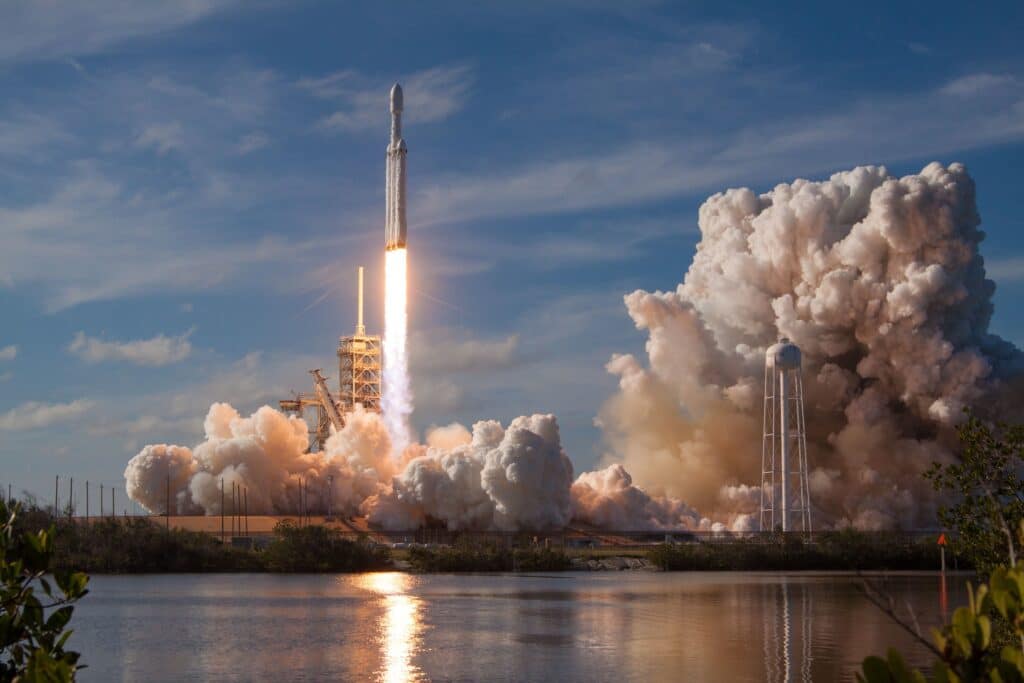
They added that the action would be shared via a webcast around 30 minutes before liftoff.
Blast off is currently targeted for 7:30 a.m. CT within a 110-minute test window after being pushed back by 20 minutes.
As is the case with all developmental testing, the schedule is subject to change.
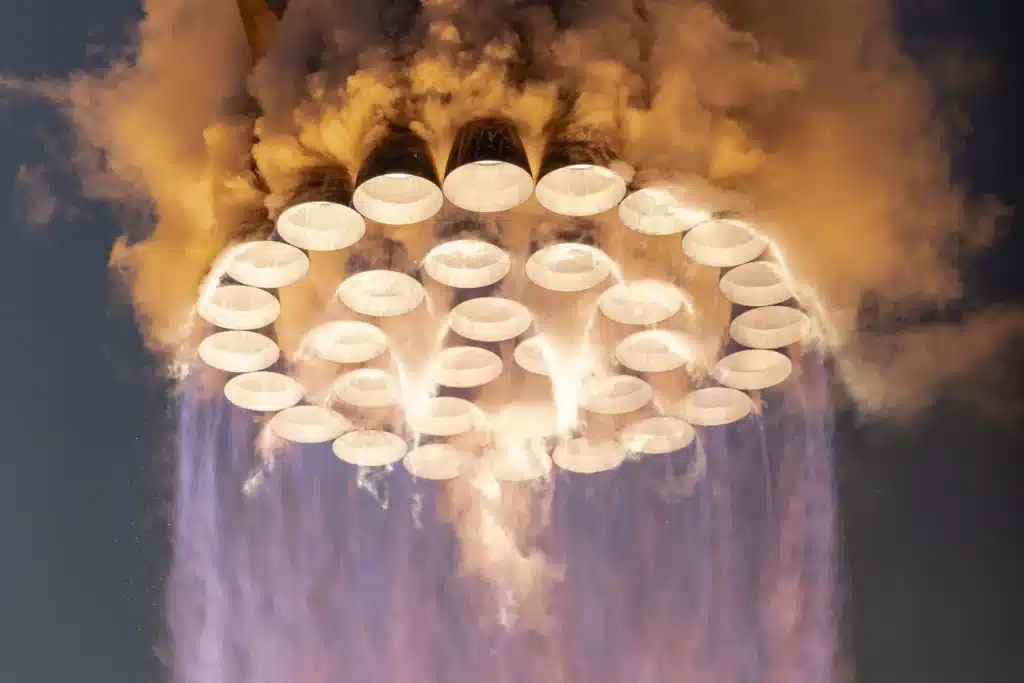
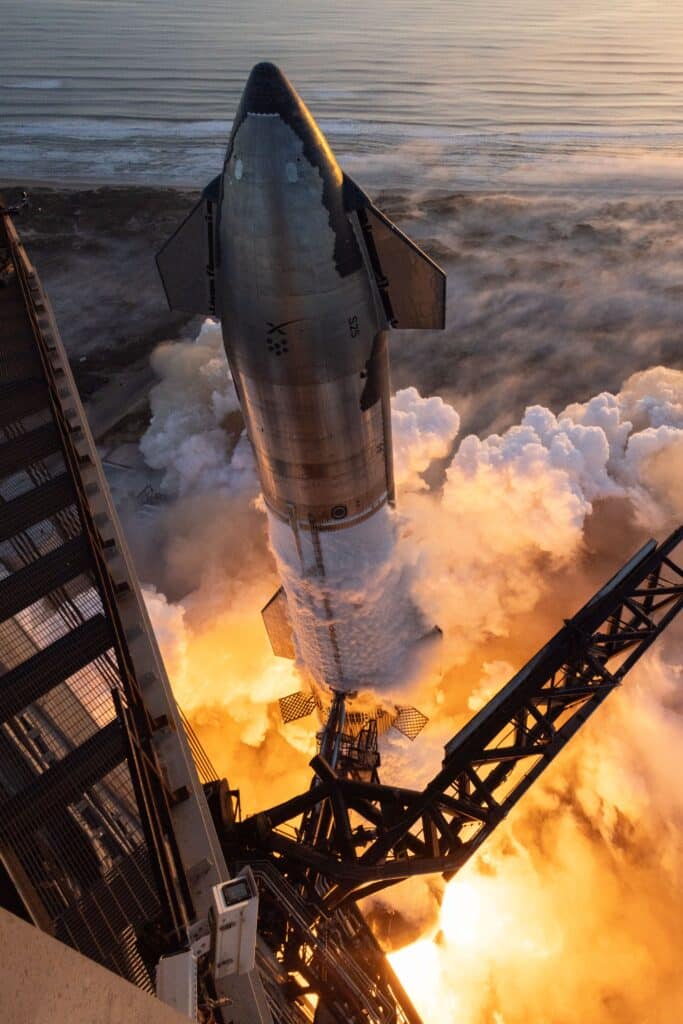
Preparations are already well underway, with third-party images showing propellent ready to be loaded into Starship’s fuel tanks.
“Each of these flight tests continue to be just that: a test,” SpaceX said ahead of the launch attempt.
“They aren’t occurring in a lab or on a test stand, but are putting flight hardware in a flight environment to maximise learning.”
Keep your eyes on the skies as it could be a stunning display – this Falcon 9 lit up the sky ahead of returning to Earth and it was pretty spectacular.


